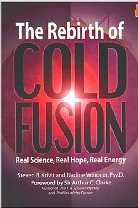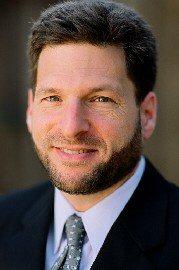I started this writing project after attending the 10th International Conference on Cold Fusion in August 2003 in Cambridge, Mass. It was there that I met over 100 researchers from around the world and realized that they were on to something.
They were real scientists, credentialed, with long and respectable careers. They employed the same instrumentation and methodologies used in \"normal\" science. According to them, there was strong evidence for a new source of clean nuclear (no, this is not an oxymoron) energy. At first, it didn\'t make sense why their research had been ignored. As I dug deeper, the complex scientific and human drama, perhaps the greatest of our time, revealed itself.
The goal of this book is to provide everything you might want to know about the first period of cold fusion\'s history. What happened? Why? Who was responsible for the successes? The failures? Who knew what and when did they know it? The book is written for the nonscientific reader and provides a unique glimpse into the inner and sometimes ugly process of new science. You\'ll learn that scientists can be surprisingly unscientific when threatened with new ideas that challenge their funding, stature and careers. You will see how science really works - or doesn\'t.
The opponents of cold fusion (now known technically as low energy nuclear reactions) tried their hardest to bury this newborn science, but they failed. Cold fusion is a triumph of the scientific method, and an expos? of science politics. Its discoverers, Martin Fleischmann and Stanley Pons, were not forced to recant under threat of death, but their treatment by the establishment was not unlike that of Galileo Galilei by his tormentors.
In the heat of the battle, Pons said, \"It appears that the people who would benefit most by this work being discredited have taken the initiative to cause us great difficulty ... They might cause us difficulty, but they will not stop the science.\'\' Pons was right; real science cannot be killed -- delayed, yes, but not forever. Fleischmann and Pons were ousted from science but many courageous and dedicated researchers around the world carried on where they left off and kept the research alive.
In the book\'s introduction, futurist Sir Arthur C. Clarke declares: \"An unbiased reader finishing this book will sense that something strange and wonderful is happening at the \'fringes\' of science.\" What will be the future of cold fusion? That is one of the big remaining mysteries. What is for certain is that the story begins here.
-Steven Krivit



